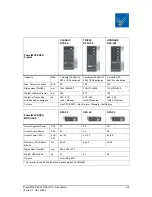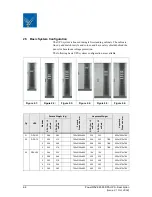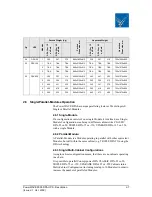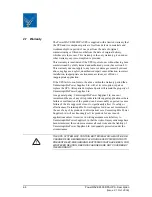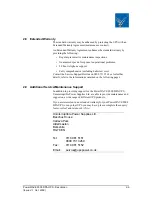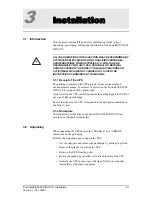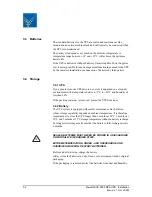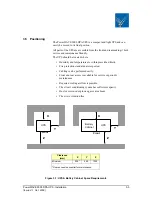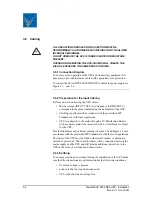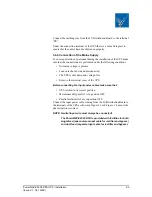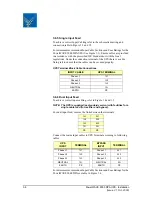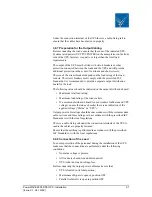
2-2
PowerWAVE 9000 DPA UPS - Description
(Issue 2.1 Oct. 2009)
•
No additional losses in wires and cables
•
No extra heating of transformers and generators with shortened
service life
•
No over sizing of generators
•
No false circuit breaker tripping and malfunction
•
No erratic operation of computers, telecommunication, monitors,
electronic test equipment etc.
•
No resonance with power factor correction capacitors
2.2.3 Flexible Battery Management (FBM)
The Flexible Battery Management (FBM) is designed to prevent
deterioration of the connected battery over time. FBM continuously
monitors the battery and protects it from high temperatures resulting in
longer battery life a less failures.
The major benefits are:
•
Ripple free battery charging as the charger is separated from the
rectifier and inverter
•
Supports 30-50 battery blocks (12V)
•
Wide input voltage window tolerance extends the battery life due to
less discharge cycles
•
Battery discharge protection during load jumps
•
Proactive battery protection with inadequate charging voltages
•
Proactive battery failure detection using Advanced Battery
Diagnosis (ABD)
•
User selectable battery tests
•
Optional temperature compensated charging to enhance battery life.
2.2.4 DPA Technology – Decentralized Parallel Architecture
DPA paralleling technology provides
n+x
redundancy with no single-
point-of-failure. DPA UPSs are completely autonomous with individual
Power Modules, Bypasses, CPUs, Control Panels and separate battery
configuration for each single module.
DPA technology is more reliable than traditional paralleling techniques.
Parallel UPS systems link together two or more UPS units in parallel so that
in the event that one fails the other can automatically take up the load.
Traditionally a parallel redundancy configuration is achieved by having a
random or fixed master-slave relationship among the UPS units. This
master logic gives out individual commands to all the slaves units.

















